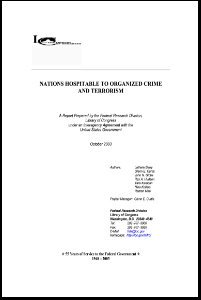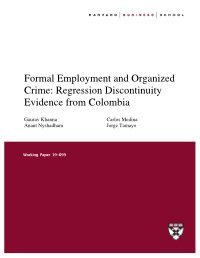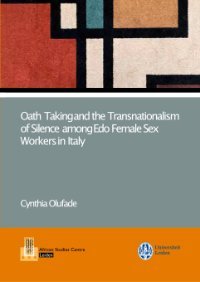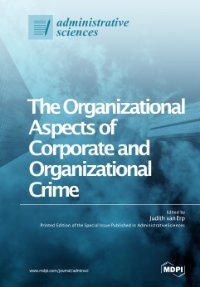By Eduardo Sáenz Rovner and Russ Davidson
A comprehensive history of crime and corruption in Cuba, The Cuban Connection challenges the common view that widespread poverty and geographic proximity to the United States were the prime reasons for soaring rates of drug trafficking, smuggling, gambling, and prostitution in the tumultuous decades preceding the Cuban revolution. Eduardo S?enz Rovner argues that Cuba's historically well-established integration into international migration, commerce, and transportation networks combined with political instability and rampant official corruption to help lay the foundation for the development of organized crime structures powerful enough to affect Cuba's domestic and foreign politics and its very identity as a nation.S?enz traces the routes taken around the world by traffickers and smugglers. After Cuba, the most important player in this story is the United States. The involvement of gangsters and corrupt U.S. officials and businessmen enabled prohibited substances to reach a strong market in the United States, from rum running during Prohibition to increased demand for narcotics during the Cold War.
Chapel Hill, NC:University of North Carolina Press, 2008. 247p.





















